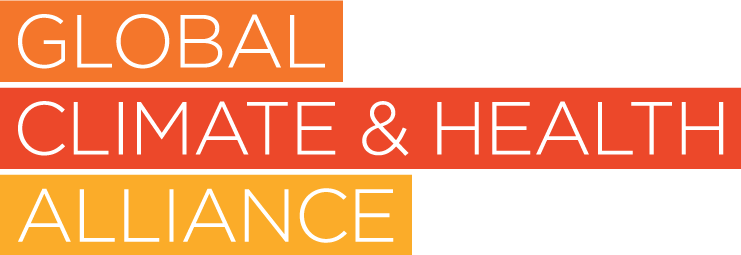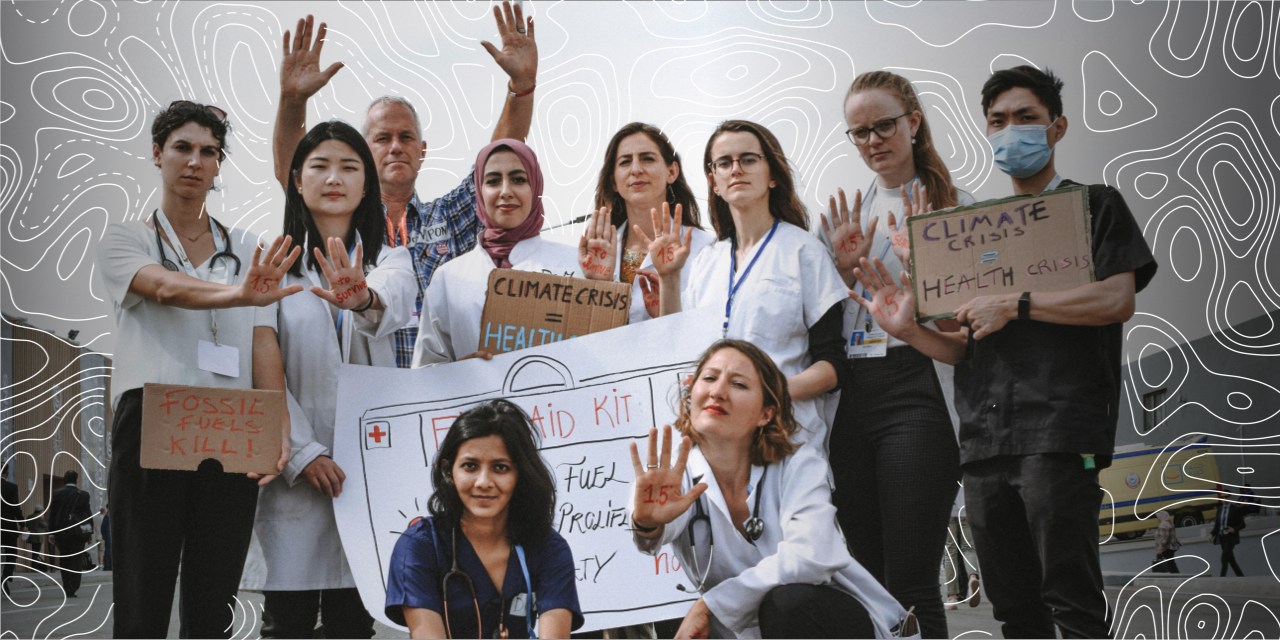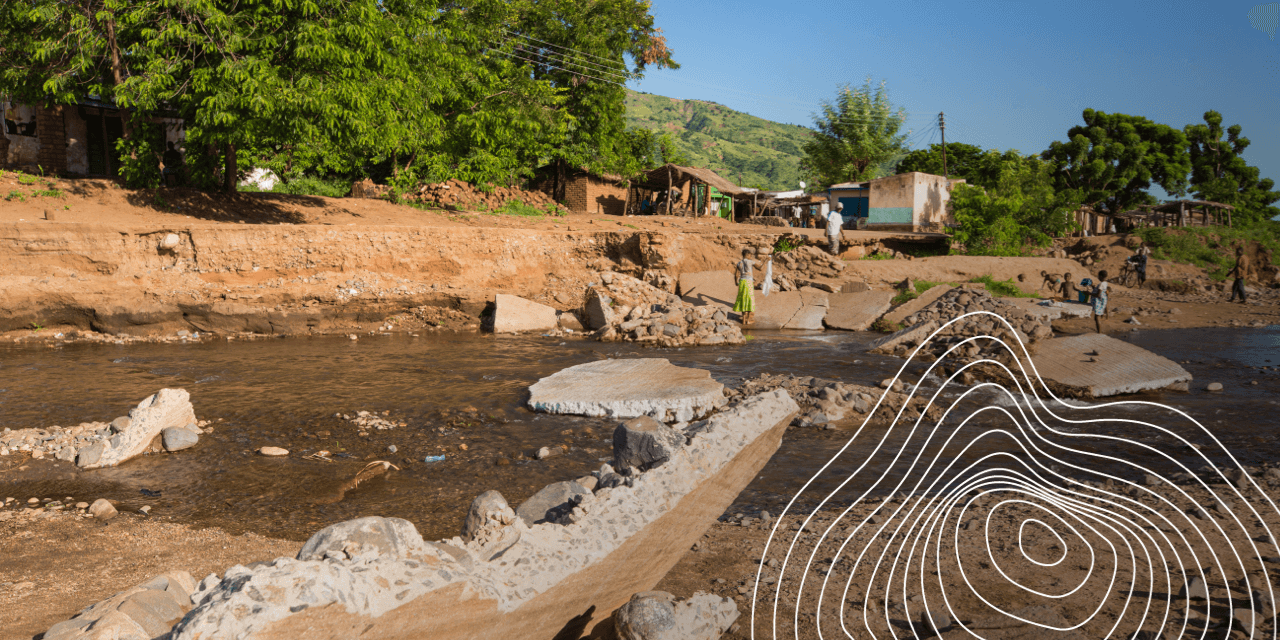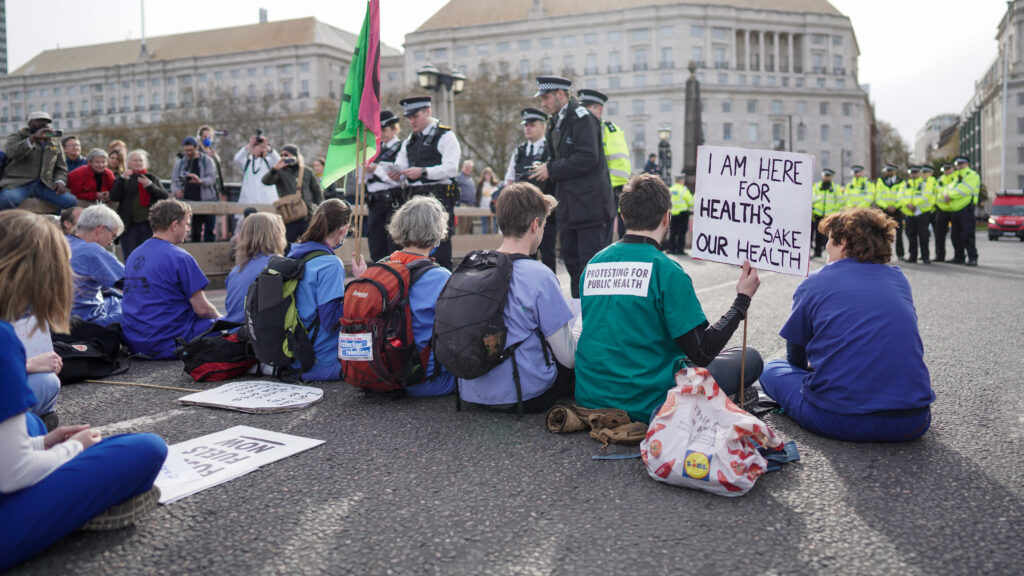How to protect communities and build resilience to natural disasters
PAID AND PRESENTED BY INOGEN ALLIANCE
AS PART OF THE CLIMATE AND US SERIES
As climate change threatens more extreme weather, communities are at increased risk of disaster.
How can local expertise and a global perspective prepare them?
“It was a category five cyclone of enormous strength, creating winds so forceful that palm trees, designed by nature to withstand strong winds, were being stripped down to the trunk and snapped in half,” says John Leeves, remembering the effect of Cyclone Winston.
In 2017, the storm left Fiji, and other Pacific island nations, devastated. Homes were flattened and families uprooted. “It was probably the most intense cyclone to hit Fiji on record,” adds Terry Atalifo, one of the senior meteorologists working for Fiji Meteorological Service during Cyclone Winston.
Leeves, a senior geotechnical and natural disasters engineer at Tonkin + Taylor, based in Auckland, New Zealand, recalls the devastation he witnessed when visiting a number of villages destroyed in Fiji. “A lot of them were located on the coast, so as the eye of the cyclone came in, you not only had incredibly strong winds to contend with but also a massive storm surge,” he says.
In total, 44 Fijians lost their lives. The devastating health impact of the disaster has lasted right up to today, with some communities left without water for sanitation and drinking, and food sources polluted or destroyed. “About 62% of the population was affected during Winston – that’s equivalent to 540,000 people,” says Atalifo. “And the impact is huge, especially for the communities. And there was a lot of impact to agriculture, which was the sector that was most badly damaged.”
Natural disasters, such as cyclones, droughts, and floods, have increased in frequency and severity globally over the past century, impacting the health of communities. Natural disasters can exacerbate food and water insecurity, spread disease and pollution, and damage infrastructure.
Tonkin + Taylor worked on the response to Cyclone Winston to accurately map the damage across the islands, seeing which areas were the worst affected.
Building a digital damage viewer meant that the Fijian government, NGOs and those helping with recovery efforts could view it online. “This meant that they could look at every single area to get a good idea of what the people there needed,” Leeves says.
Tonkin + Taylor is part of the Inogen Alliance, a global network of environmental, health, safety and sustainability consulting firms which connects nearly 80 associate companies from 65 countries with more than 6,000 professionals, and is trying to help communities prepare for these disasters to become more resilient for the future.
From improving access to emergency supplies to rapid disaster mapping in the wake of a disaster, the Alliance partners with agencies and businesses worldwide to find sustainable solutions for local communities. Their work in Fiji enabled aid to reach people a lot quicker than it would have otherwise, says Leeves.
What gets me out of bed is the fact that I feel we’re making a difference. We’re empowering communities to do something
– Richard Reinen-Hamill
Coastal communities are increasingly threatened by climate change, and the Alliance’s work is being applied to good effect elsewhere.
Hawke’s Bay, on the east coast of New Zealand’s North Island, is home to several coastal communities, along with millions of dollars of infrastructure and is subject to existing coastal hazards that are anticipated to become more severe with climate change.
“The area was severely impacted in the 1930s by an earthquake, which saw some of the land rising by 2m (6.6ft) and some of it dropping by 1m,” says Richard Reinen-Hamill, the sector director for natural hazards resilience at Tonkin + Taylor. “It’s a highly [geologically] active and dynamic part of the world.”
Reinen-Hamill and his colleagues and partners produced The Clifton to Tāngōio Coastal Hazard Strategy, which is a plan for communities along a 22km (13.7-mile) stretch of Hawke’s Bay to adapt to the challenges of coastal erosion. The plan, which includes recommendations such as the managed retreat of communities away from at-risk areas, is a New Zealand first in terms of the scale and complexity of the assessment over an area this large, says Reinen-Hamill.
“I don’t think it’s all doom and gloom,” says Reinen-Hamill. “I guess what gets me out of bed is the fact that I feel we’re making a difference. We’re helping communities and empowering the communities to do something. This is a sentiment shared across the Alliance.”
In addition to the physical loss and destruction that these disasters bring, diseases can spread rapidly. The March 2022 report from the Intergovernmental Panel on Climate Change (IPCC) warned that we will see an escalation of infectious diseases without swift climate action.
Outbreaks of cholera, for example, are closely related to environmental conditions. High temperatures can accelerate the growth of pathogens, and high rainfall can increase the risk of wastewater contaminating either raw or treated water.
“I grew up playing in the river and waterfalls when I moved to a rural area where my mother’s family lived,” says Janaina Da Silva, a project coordinator at Antea Brasil, also part of the Inogen Alliance. “But as I grew older, I watched the water get polluted. It’s getting harder to predict what is going to happen five years, even 10 years from now.”
While Brazil has a great amount of water as a whole, those resources are not available to everyone. Some regions have water in abundance, but do not have the infrastructure to distribute it equally, while other regions are water stressed. “This is a very serious situation here in Brazil. We have places that don’t have enough water to supply the population that lives there,” Da Silva says. “We have to work together to take care of a resource that does not belong to anybody. Clean water and safe sanitation is not owned by anyone, and it is for everyone, no matter what. Some companies understood this and have been applying the concepts of water stewardship, one of the services provided by Antea Brasil.”
Flooding is the most common natural disaster, with 44% of disasters associated with it worldwide. It affected more than two billion people worldwide between 1998 and 2017. In 2021, after heavy rain across Europe there were severe floods in Germany.
“When we look back at it now, it’s clear how big the impact of that incident was,” says Florian Schnetzer, a senior environmental consultant with HPC Germany who are an Inogen Alliance Associate. “Approximately 70,000 people lost their homes, with a further 180 or more losing their lives. This alone shows the importance of putting precautionary measures in place.”
“Our focus has had to become incredibly more climate-driven,” says Sara Austin, the mapping and geospatial lead for Antea Group USA, another Alliance member. “We’re trying to keep this data up to date because we know that there’s a risk that this information can change.”
Preparedness, adaptation and resilience will be the best strategy in the future, says Schnetzer. “We cannot put a stop to climate change,” he says. “But, by using our digital models mapping to track water volume and precipitation rates, we can manage how we prepare for it.”
Back in Fiji, they are seeing just how important this is. “Climate resilience is almost like the cornerstone of all our national, regional and global development,” says Atalifo. “It’s almost like the end goal of everything that we do nowadays. And in this part of the world where our economies are small, the infrastructure is quite vulnerable, here in the Pacific, the impacts are quite profound.”
Climate change presents complex challenges, so resilience and preparedness require international collaboration between communities and industry professionals worldwide. While each new climate challenge is different, some lessons can be applied globally to prepare other regions if they are tailored to each situation with local expertise.
“The lessons that we have learned from Cyclone Winston helped us to improve the way we do things in terms of early warning and early action,” he says. “Even though it has done a lot of damage to Fiji, the lessons learned from Winston has made Fiji more resilient.”




